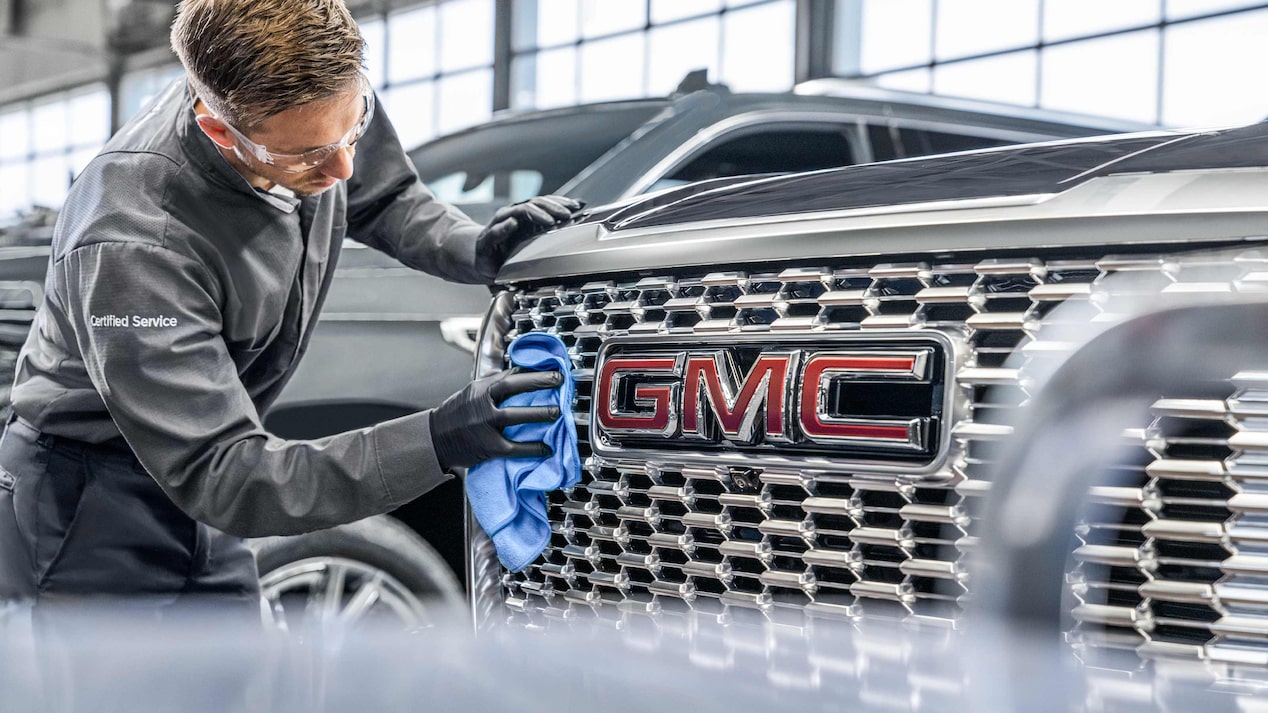Starting At: {{starting_price}}{{starting_price_disclosure}}
As Shown : {{as_shown_price}}{{as_shown_price_disclosure}}
Starting At: {{starting_price}}{{starting_price_disclosure}}
As Shown : {{as_shown_price}}{{as_shown_price_disclosure}}
Starting At: {{starting_price}}{{starting_price_disclosure}}
As Shown : {{as_shown_price}}{{as_shown_price_disclosure}}
Starting At: {{starting_price}}{{starting_price_disclosure}}
As Shown : {{as_shown_price}}{{as_shown_price_disclosure}}
Starting At: {{starting_price}}{{starting_price_disclosure}}
As Shown : {{as_shown_price}}{{as_shown_price_disclosure}}
Starting At: {{starting_price}}{{starting_price_disclosure}}
As Shown : {{as_shown_price}}{{as_shown_price_disclosure}}
Starting At: {{starting_price}}{{starting_price_disclosure}}
As Shown : {{as_shown_price}}{{as_shown_price_disclosure}}
Starting At: {{starting_price}}{{starting_price_disclosure}}
As Shown : {{as_shown_price}}{{as_shown_price_disclosure}}
Starting At: {{starting_price}}{{starting_price_disclosure}}
As Shown : {{as_shown_price}}{{as_shown_price_disclosure}}
Starting At: {{starting_price}}{{starting_price_disclosure}}
As Shown : {{as_shown_price}}{{as_shown_price_disclosure}}
Starting At: {{starting_price}}{{starting_price_disclosure}}
As Shown : {{as_shown_price}}{{as_shown_price_disclosure}}
Starting At: {{starting_price}}{{starting_price_disclosure}}
As Shown : {{as_shown_price}}{{as_shown_price_disclosure}}
Starting At: {{starting_price}}{{starting_price_disclosure}}
As Shown : {{as_shown_price}}{{as_shown_price_disclosure}}
Starting At: {{starting_price}}{{starting_price_disclosure}}
As Shown : {{as_shown_price}}{{as_shown_price_disclosure}}
Starting At: {{starting_price}}{{starting_price_disclosure}}
As Shown : {{as_shown_price}}{{as_shown_price_disclosure}}
Starting At: {{starting_price}}{{starting_price_disclosure}}
As Shown : {{as_shown_price}}{{as_shown_price_disclosure}}
Starting At: {{starting_price}}{{starting_price_disclosure}}
As Shown : {{as_shown_price}}{{as_shown_price_disclosure}}
Starting At: {{starting_price}}{{starting_price_disclosure}}
As Shown : {{as_shown_price}}{{as_shown_price_disclosure}}
Starting At: {{starting_price}}{{starting_price_disclosure}}
As Shown : {{as_shown_price}}{{as_shown_price_disclosure}}
Starting At: {{starting_price}}{{starting_price_disclosure}}
As Shown : {{as_shown_price}}{{as_shown_price_disclosure}}
Starting At: {{starting_price}}{{starting_price_disclosure}}
As Shown : {{as_shown_price}}{{as_shown_price_disclosure}}
Starting At: {{starting_price}}{{starting_price_disclosure}}
As Shown : {{as_shown_price}}{{as_shown_price_disclosure}}
Starting At: {{starting_price}}{{starting_price_disclosure}}
As Shown : {{as_shown_price}}{{as_shown_price_disclosure}}
Starting At: {{starting_price}}{{starting_price_disclosure}}
As Shown : {{as_shown_price}}{{as_shown_price_disclosure}}
Starting At: {{starting_price}}{{starting_price_disclosure}}
As Shown : {{as_shown_price}}{{as_shown_price_disclosure}}
Starting At: {{starting_price}}{{starting_price_disclosure}}
As Shown : {{as_shown_price}}{{as_shown_price_disclosure}}
Starting At: {{starting_price}}{{starting_price_disclosure}}
As Shown : {{as_shown_price}}{{as_shown_price_disclosure}}
Starting At: {{starting_price}}{{starting_price_disclosure}}
As Shown : {{as_shown_price}}{{as_shown_price_disclosure}}

Purchase or lease a new GMC and your first visit is covered.
VIEW DEALERS >
Search for your nearest dealer
GET PRE-QUALIFIED FOR CREDIT >
Pre-qualifying for credit may get you closer to your next GMC
WIN A GMC
Enter for a chance to win up to $75,000 towards a new GMC.
You can charge your electric vehicle at home or at certain public places. There are different types (or levels) of charging, and your rate of charge will vary based on which one you
When charging your electric vehicle, power from the electrical grid will reach your vehicle through either alternating current (AC; Level 1 or Level 2) charging or direct current fast charging (DC Fast Charging). The specific type of charging supported by your vehicle depends on your vehicle’s capabilities.
Actual charge times will vary based on battery condition, the output of the charger, your vehicle settings and outside temperature. See Owner’s Manual for additional limitations.
Public charging stations are typically managed by a charge point operator. The charge point operator may charge you to use the station, either by session time or how many kilowatt-hours(kWh) are used.
There are many features in the myGMC mobile
There are two key ways to monitor your vehicle’s energy use and charging status:
To stop charging, you can do the following:
Your electric vehicle efficiency and subsequent range are influenced by various factors. Some of these factors can be within your control and are similar to the ways you would maximize the gas mileage of a gas-powered vehicle.
It’s important to note that EV range will vary based on outside temperature, terrain, load and driving technique. Here are some tips to help maximize your range:
In order to provide optimal charging rates and to maximize performance and battery life, the rate of charging will start slowing down as your battery fills up. It will charge most quickly when the battery is at a low charge during the beginning of your charge and then gradually slow down.
If your vehicle finished charging but was not fully charged, check to make sure your “target charge level” is not set to a reduced amount. This setting will be stored until you change it again.
No. You can charge your battery from any level, even just to “top off” the charge for your drive. However, the battery may charge slower when it is near the top of its charge.
At this time, GM does not recommend using adaptors when charging GM vehicles. GM continues to monitor developments in the industry and will update its recommendations in the future as needed.
To find out if your vehicle has this feature, contact your dealer or refer to your vehicle’s equipment list. Please check your Owner’s Manual for more information about features.
Legal GM Privacy Statement Accessibility
© General Motors of Canada Company
You are leaving gmccanada.ca
You are leaving gmccanada.ca to visit a website that is operated independently and not maintained by General Motors of Canada and where the General Motors of Canada privacy policy does not apply.
This link is provided to you for convenience and does not serve as an endorsement by General Motors of Canada of information or content that you may find on this site.
